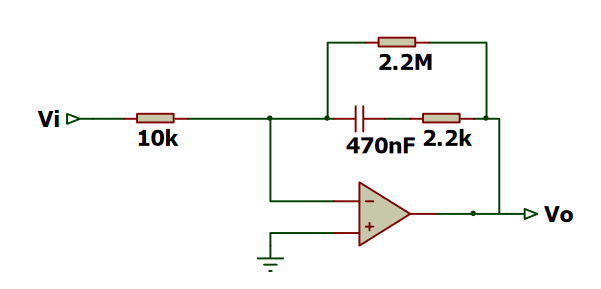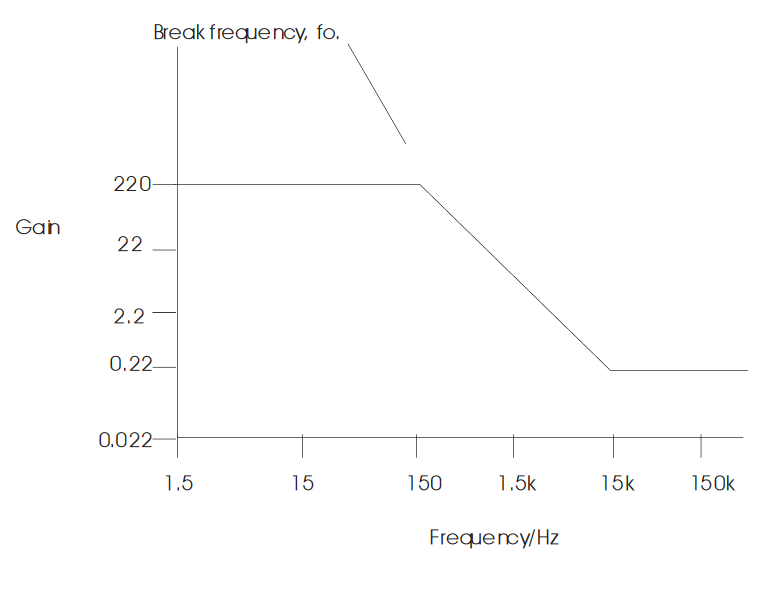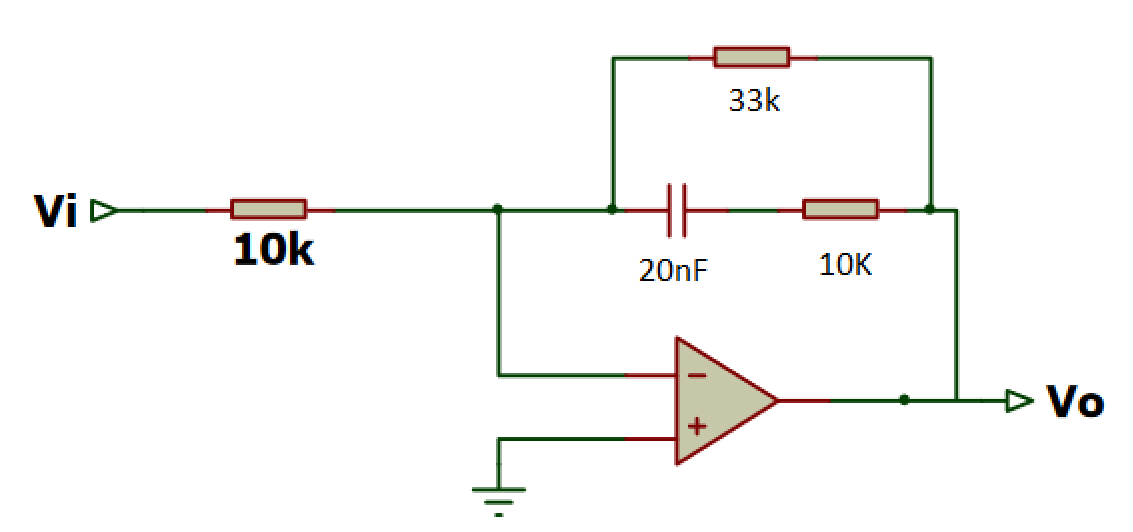Hello,
Is it supposed to be possible to use an analog filter (RC filter, with/without OpAmp) to filter out certain frequencies before amplifying the signal with a class D amplifier? It seems like with everything I try, the audio quality goes down dramatically. Even if I use a unity gain OpAmp buffer, the audio sounds like crap.
I do use cheap Ebay class D amplifier modules, I've tried the PAM8610 and the TPA3110, but they both sound just fine without the filtering.
When I search about this on Google, it seems like everyone uses either a DSP or an output crossover of some sort.
Thanks in advance.
Is it supposed to be possible to use an analog filter (RC filter, with/without OpAmp) to filter out certain frequencies before amplifying the signal with a class D amplifier? It seems like with everything I try, the audio quality goes down dramatically. Even if I use a unity gain OpAmp buffer, the audio sounds like crap.
I do use cheap Ebay class D amplifier modules, I've tried the PAM8610 and the TPA3110, but they both sound just fine without the filtering.
When I search about this on Google, it seems like everyone uses either a DSP or an output crossover of some sort.
Thanks in advance.
If they sound just fine, why change a winning team? Perhaps you could explain in a bit more detail what you want to accomplish and how.
Grounding problem resulting in increased noise floor? HF interference? The input signal to a class D amplifier should be as free as possible from >20khz components such as produced by digital circuits.
When an opamp follower stage sounds lousy pay attention to input RF filtering and power supply purity.
Thank you all for the replies so far. I will try your suggestions so far.
What I'm trying to do is boost the lower frequencies a little, since I want more bass. Eventually I want to make my own Bluetooth portable speaker. Since class D amplifiers offer a high power output with a relatively low battery voltage, and are super efficient, this would be a great option for the amplifier.
I'm thinking of using this kind of filter:

Which should have a frequency response like this:

I tried it with a TDA2030 class AB amplifier and I finetuned the R and C values. This works good but now I want this to work with a class D amplifier
If they sound just fine, why change a winning team? Perhaps you could explain in a bit more detail what you want to accomplish and how.
What I'm trying to do is boost the lower frequencies a little, since I want more bass. Eventually I want to make my own Bluetooth portable speaker. Since class D amplifiers offer a high power output with a relatively low battery voltage, and are super efficient, this would be a great option for the amplifier.
I'm thinking of using this kind of filter:

Which should have a frequency response like this:

I tried it with a TDA2030 class AB amplifier and I finetuned the R and C values. This works good but now I want this to work with a class D amplifier
That looks terrible.
You have a step function with +46.8dB in the low bass region and -13.2dB in the high treble region.
The band through the remaining audio band is NOT FLAT. It slopes from +46dB to -13dB over six and a half octaves. That's ~ 9dB per octave.
No wonder it sounds crap.
Just use a normal RF input filter. Set it somewhere around 30kHz to 200kHz.
It can be a passive RC using a 1k resistor and 1nF capacitor.
If you think you need a more severe filter, then adopt an active S&K unity gain low pass. Set this to somewhere between 25kHz and 100kHz.
Do the interference filtering first.
Then read up on doing a bass boost, but apply that separately. Maybe make it defeatable/switchable.
You have a step function with +46.8dB in the low bass region and -13.2dB in the high treble region.
The band through the remaining audio band is NOT FLAT. It slopes from +46dB to -13dB over six and a half octaves. That's ~ 9dB per octave.
No wonder it sounds crap.
Just use a normal RF input filter. Set it somewhere around 30kHz to 200kHz.
It can be a passive RC using a 1k resistor and 1nF capacitor.
If you think you need a more severe filter, then adopt an active S&K unity gain low pass. Set this to somewhere between 25kHz and 100kHz.
Do the interference filtering first.
Then read up on doing a bass boost, but apply that separately. Maybe make it defeatable/switchable.
Hi David,
If you want tone control, it might be worthwhile for you to look at a Baxandall schematic and build one if you like it.
If you want tone control, it might be worthwhile for you to look at a Baxandall schematic and build one if you like it.
Thanks for the replies.
Well I did finetune the R and C values, according to simulations and calculations.
By the way, I got the filter configuration from this document I found the other day. http://labkit.ru/userfiles/file/doc...r/The_Bass_Boost_and_Treble_Boost_Filters.pdf
I tested the filter with these component values:

Which should give this kind of response: (Input voltage 1V sine wave)

But thank you, I will try the interference filtering.
I do study Electrical Engineering, so I'm familiar with these simple RC filters. I've also used the Sallen-Key filter before.
But I wanted to boost the bass a little, while not completely removing the higher frequencies.
Thank you sir, I will look into that type of filter too.
That looks terrible.
You have a step function with +46.8dB in the low bass region and -13.2dB in the high treble region.
The band through the remaining audio band is NOT FLAT. It slopes from +46dB to -13dB over six and a half octaves. That's ~ 9dB per octave.
No wonder it sounds crap.
Just use a normal RF input filter. Set it somewhere around 30kHz to 200kHz.
It can be a passive RC using a 1k resistor and 1nF capacitor.
If you think you need a more severe filter, then adopt an active S&K unity gain low pass. Set this to somewhere between 25kHz and 100kHz.
Do the interference filtering first.
Then read up on doing a bass boost, but apply that separately. Maybe make it defeatable/switchable.
Well I did finetune the R and C values, according to simulations and calculations.
By the way, I got the filter configuration from this document I found the other day. http://labkit.ru/userfiles/file/doc...r/The_Bass_Boost_and_Treble_Boost_Filters.pdf
I tested the filter with these component values:

Which should give this kind of response: (Input voltage 1V sine wave)

But thank you, I will try the interference filtering.
Here's a nice explanation of RC filtering:
https://www.youtube.com/watch?v=OBM5T5_kgdI
I do study Electrical Engineering, so I'm familiar with these simple RC filters. I've also used the Sallen-Key filter before.
But I wanted to boost the bass a little, while not completely removing the higher frequencies.
Hi David,
If you want tone control, it might be worthwhile for you to look at a Baxandall schematic and build one if you like it.
Thank you sir, I will look into that type of filter too.
- Status
- Not open for further replies.
- Home
- Amplifiers
- Class D
- Analog input filter on class D amplifier